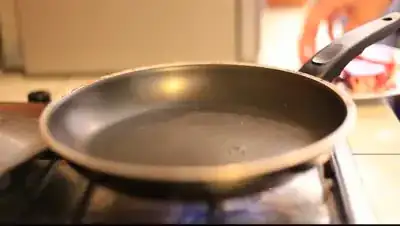I have heard of putting chicken breasts in a pan and heating them No oil.
To get past any terminology issue, i've included a picture. Just imagine a chicken breast or pieces of chicken breast in the pan. And heat beneath the pan.
I heard you can cook like that, letting it cook in its own fat, no oil, nothing added to the chicken breast.
I wonder though, if it's bad for the pan?
Can this be done?
Can it go wrong, if so, how can I avoid it going wrong?
